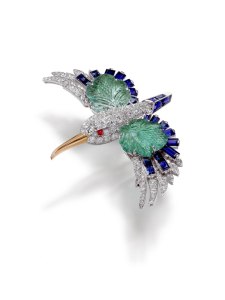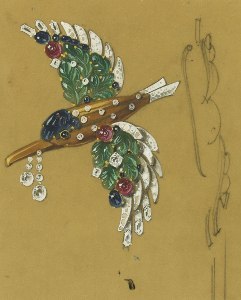The Art of Cartier

Introduction

Since 1983, Cartier has assembled jewellery, watches, clocks and other precious objects into the Cartier Collection. Sourced from private individuals, retailers or at auction, the more than 1,450 objects in this growing collection have been selected according to criteria of style but also the materials used and the techniques employed. Dating from the 1860s for the oldest items to the late 1990s, they are a material reminder of Cartier’s 165-year history and, more widely, European decorative arts and society from the end of the 19th century. Since a first major presentation in 1989 at the Petit Palais in Paris, the Collection has been shown at internationally renowned museums. For this new exhibition the Museo Thyssen-Bornemisza has carefully selected more than 400 pieces representing six themes which illustrate the stylistic evolution of Cartier. The exhibition also includes prestigious private loans from the Spanish Royal Family and the Palace of Monaco. Enlargements of sketchbook pages, preparatory and production drawings from Cartier’s Archives are projected onto the walls as a reminder of the creative process that brought each of these pieces to life. These Archives are today conserved in three centres —Paris, London, and New York— and trace the life of every item, from its inception in the workshops to the day of its sale. In addition to drawings and sketches, they conserve life¬size black-and-white photographs, very rare autochromes, and plaster casts.
 |
 |
|
fig. 1 Kingfisher clip brooch
|
fig. 2 Kingfisher brooch
|


